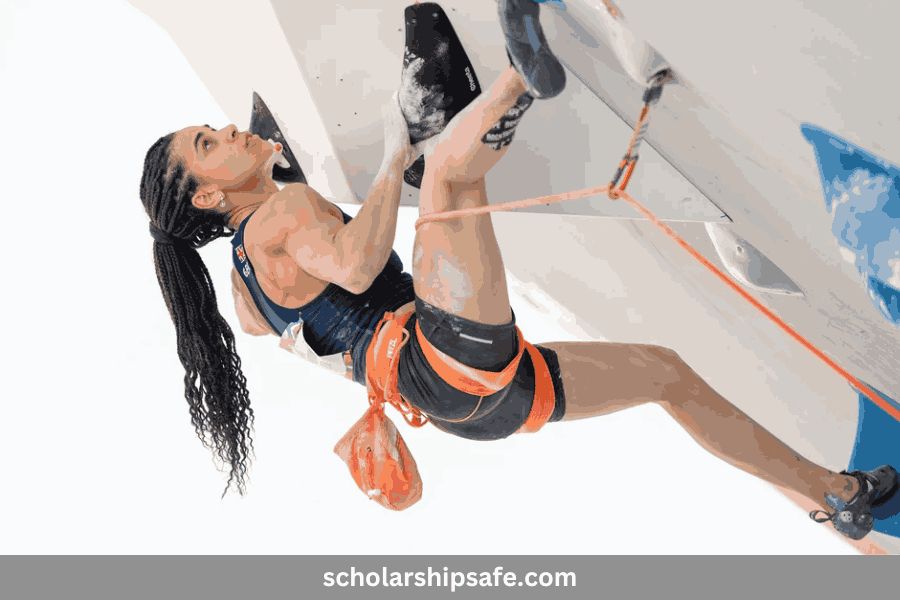Introduction
Sport climbing made its Olympic debut at the Tokyo 2020 Games, captivating audiences with its blend of athleticism, strategy, and agility. For those new to the sport, it might be hard to grasp just how challenging Olympic sport climbing can be. This blog delves into the intricacies of this demanding sport, highlighting the physical and mental prowess required to excel at the highest level.
The Evolution of Sport Climbing
Sport climbing has rapidly evolved over the past few decades, transitioning from outdoor rock faces to indoor walls designed to test climbers in a controlled environment. Its inclusion in the Olympics signifies the sport’s growing popularity and the recognition of the athletes’ dedication and skill.
Also you can check;Rockies DH Blackmon Leaves Game After Being Hit by Errant Throw
The Three Disciplines of Olympic Sport Climbing
Olympic sport climbing consists of three distinct disciplines: speed climbing, bouldering, and lead climbing. Each discipline presents its own unique challenges, requiring climbers to possess a diverse skill set.
1. Speed Climbing
In speed climbing, athletes race against the clock on a standardized 15-meter wall. The challenge lies in the need for explosive power and precision, as climbers must navigate the wall in a matter of seconds. The current world record stands at an astonishing 5.20 seconds, showcasing the incredible speed and dexterity required.
2. Bouldering
Bouldering involves climbing shorter, yet more complex routes known as “problems,” without the use of ropes. The emphasis here is on strength, problem-solving, and technique. Climbers must navigate difficult holds and sequences, often requiring dynamic and powerful movements. Each problem is unique, testing different aspects of a climber’s skill set.
3. Lead Climbing
Lead climbing tests endurance and strategy as climbers aim to ascend as high as possible on a 15-meter wall within a set time limit. Climbers must clip their rope into quickdraws along the route, adding an element of risk management. This discipline demands not only physical stamina but also mental fortitude, as climbers often face challenging and unpredictable routes.
Physical Demands of Olympic Sport Climbing
The physical demands of Olympic sport climbing are immense. Climbers must possess a blend of upper and lower body strength, flexibility, and cardiovascular endurance. Finger strength is particularly crucial, as climbers rely on tiny holds and crimps to progress up the wall. Training regimes often include hangboarding, campus boarding, and extensive conditioning exercises to build the necessary strength and resilience.
Mental Challenges in Sport Climbing
In addition to the physical demands, sport climbing is a mentally taxing sport. Climbers must remain focused and composed under pressure, making split-second decisions about their next move. The ability to visualize routes and sequence holds is essential, as is the mental toughness to push through fatigue and setbacks. Many climbers practice mindfulness and visualization techniques to enhance their mental game.
Training and Preparation
Olympic sport climbers dedicate years to training and preparation. This includes not only physical conditioning but also nutrition, rest, and recovery. Climbers work with coaches to develop their skills and strategize for competitions. Simulated competitions and mock routes help climbers prepare for the pressures of the Olympic stage.
Conclusion
Olympic sport climbing is a testament to human strength, agility, and determination. The combination of speed, power, endurance, and mental toughness required to excel in this sport is extraordinary. As we continue to witness the evolution of sport climbing on the global stage, it’s clear that the athletes who compete in this demanding sport are among the most elite in the world.

